
Avalonia Land Conservancy
Avalonia Land Conservancy
The Avalonia Land Conservancy is one of the largest land trusts in Connecticut preserving 4000 acres in the southeastern part of the state within the towns of Griswold, Groton, Ledyard, North Stonington, Preston, and Stonington.
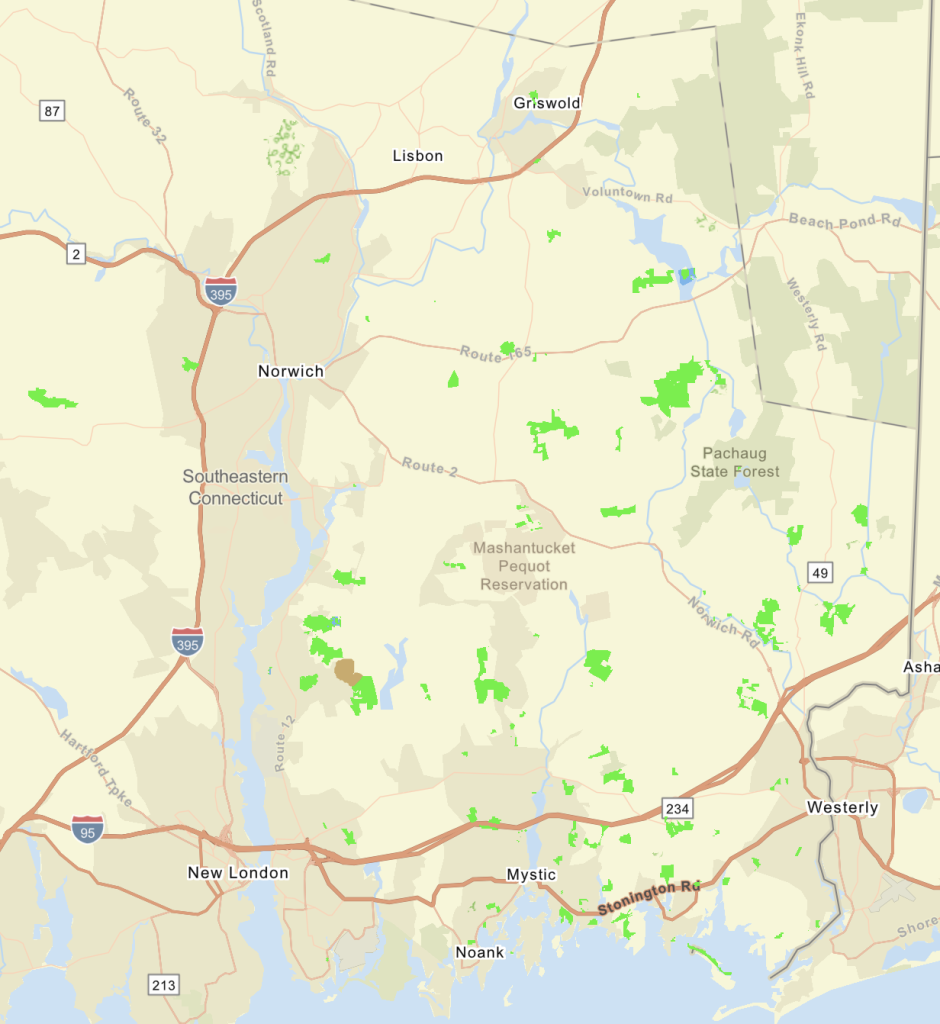
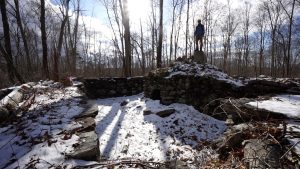
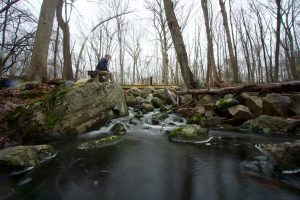
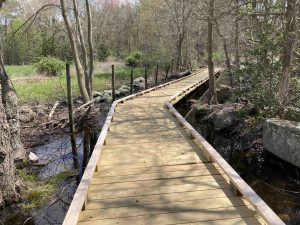
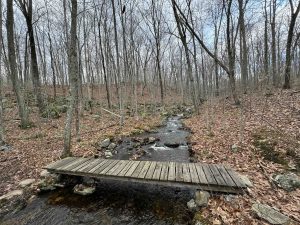
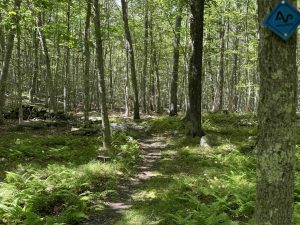
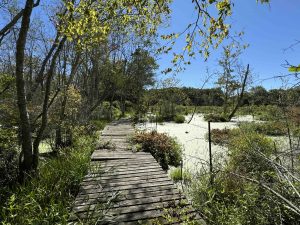
My Highlights
Coming soon!
Property List
- Tri-Town Forest -★★★- 3 miles – Rugged terrain, a quarry, an old homestead, and a tri-town marker
- Antonino Preserve – Unexplored
- Moore Woodlands – Unexplored
- Town’s End – Unexplored
- Atkinson Family Preserve – Unexplored
- Avery Preserve -★★- 1.5 miles – Nice short loop north of the road with an interesting sheep washing pen right at the start
- Barrett Preserve -★★- 1.6 miles – Short loop trails through managed forest
- Pine Swamp Wildlife Corridor -★★- 2.65 miles –
- Samuel Lamb and Forsberg Preserve – Trail is a simple field no map needed (parking link)
- Bell Cedar Swamp – Unexplored
- Benedict Benson Preserve -★★- 1.2 miles – Well traveled lasso loop with stream views and an old car
- Erisman Woodlands / Babcock Ridge – Unexplored
- Mitchell Preserve and Reed Woodlands -★★- 4.7 miles –
- Shunock Brook Preserve – Unexplored
- Tefftweald at Birchenturn – Unexplored
- Tri-Town Forest -★★★- 3 miles – Rugged terrain, an old homestead, and a tri-town marker
- Yannatos Preserve – Unexplored
- Cedar Wood Preserve – ★★
- Preston Nature Preserve – Unexplored
- Tri-Town Forest -★★★- 3 miles – Rugged terrain, an old homestead, and a tri-town marker
- Beebe Pond – Unexplored
- Deans Mill Wildlife Corridor – Unexplored
- Fennerswood Preserve – Unexplored
- Knox Family Farm Preserve – Unexplored
- Knox Preserve – Unexplored
- Dodge Paddock and Beal Preserve – Unexplored
- Hoffmann Evergreen Preserve -★★★- 3 miles – Recent timber harvest has altered the forest here since my last visit
- Marcia Woolworth Porter Preserve – Unexplored
- Paffard Woods – Unexplored
- Pequotsepos Brook Preserve – Unexplored
- Perry Natural Area – Unexplored
- Ram Point (water access) – Unexplored
- Sandy Point (water access) – Unexplored
- Simmons Preserve – Unexplored
- Wequetequock Cove Preserve – Unexplored
- Woodlot Sanctuary – Unexplored
Overlooks
- Seasonal view at Tri-Town Forest
Water Features
- Beebe Pond
- Shunock Brook Preserve
- Mitchell Preserve and Reed Woodlands
History
- Benedict Benson Preserve
Founded in 1968.
{{label}}: {{displayValue}}
{{displayValue}}
{{displayValue}}
{{locationDetails}}
Browse sub-categories
Showing 1 result
Showing {{ showing }} out of {{ foundPosts }} results
